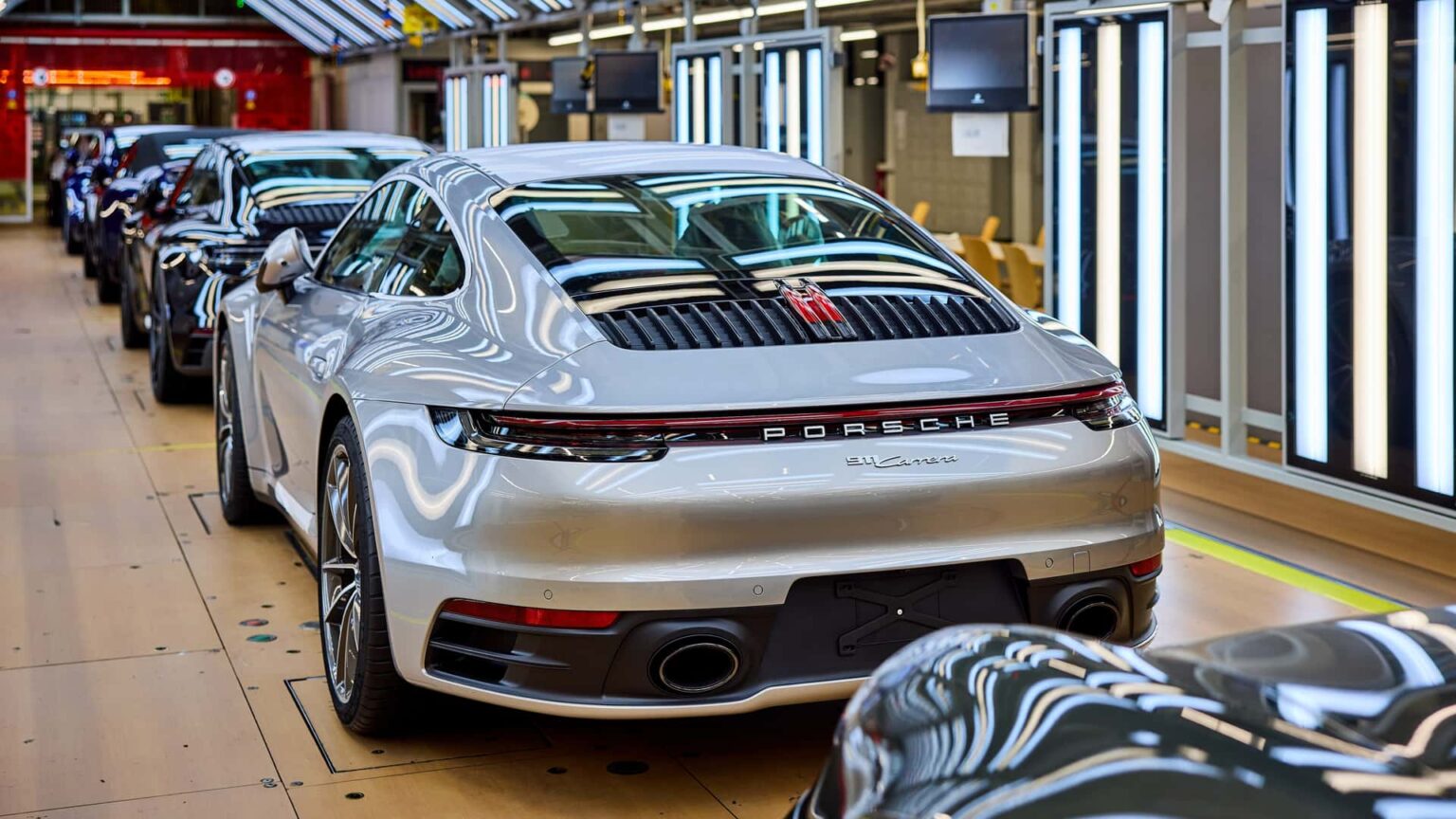President Trump’s tariffs upended the automotive industry when the administration first announced them back in April. Trump’s proposal was that auto and auto parts imports to the US would see a 25-percent duty on top of whatever preexisting duties were already in place. Over the weekend, the Trump administration and the European Union announced a deal that sees tariffs reduced to 15 percent, in exchange for investment commitments from EU nations.
Automotive News reports that the deal goes into effect August 1st, though it does not cover the previously announced 50-percent tariff on steel and aluminum. It follows similar deals the Trump administration has made with other entities. Last week, Trump announced a deal with Japan for 15-percent tariffs on automotive imports, while a few months back, the administration worked out a 10-percent deal with the UK, up to 100,000 cars. All of these tariffs replace previously existing 2.5-percent import duties on vehicle imports to the US. The EU also agreed to eliminate tariffs on US-built vehicles.
Automakers have collectively lost billions over tariffs already, and the duties have already reshaped the car market in the US. Stocks of Japanese automakers rose on the news of the trade deal last week, but as the New York Times reports, stock prices for European automakers dipped after a brief rise. This is only partial relief for European car builders, who’ve also been battered by a tough regulatory environment in the EU, the need to invest in electrification as EV growth has slowed, and the rise of Chinese automakers.
All of this also hurts, perhaps ironically, US automakers. A lobbyist for the US big three said last week after the Japan deal announcement that Stellantis, Ford, and GM are now “definitely are at a disadvantage.” They still face a 25-percent duty on the cars they build in Mexico and Canada, plus 25 percent on the many auto parts that come from those countries they use in US-assembled cars. Add in the 50-percent tariff on steel and aluminum and it’s obvious that simply building a car in the US is not a competitive advantage in this landscape.
Read the full article here


